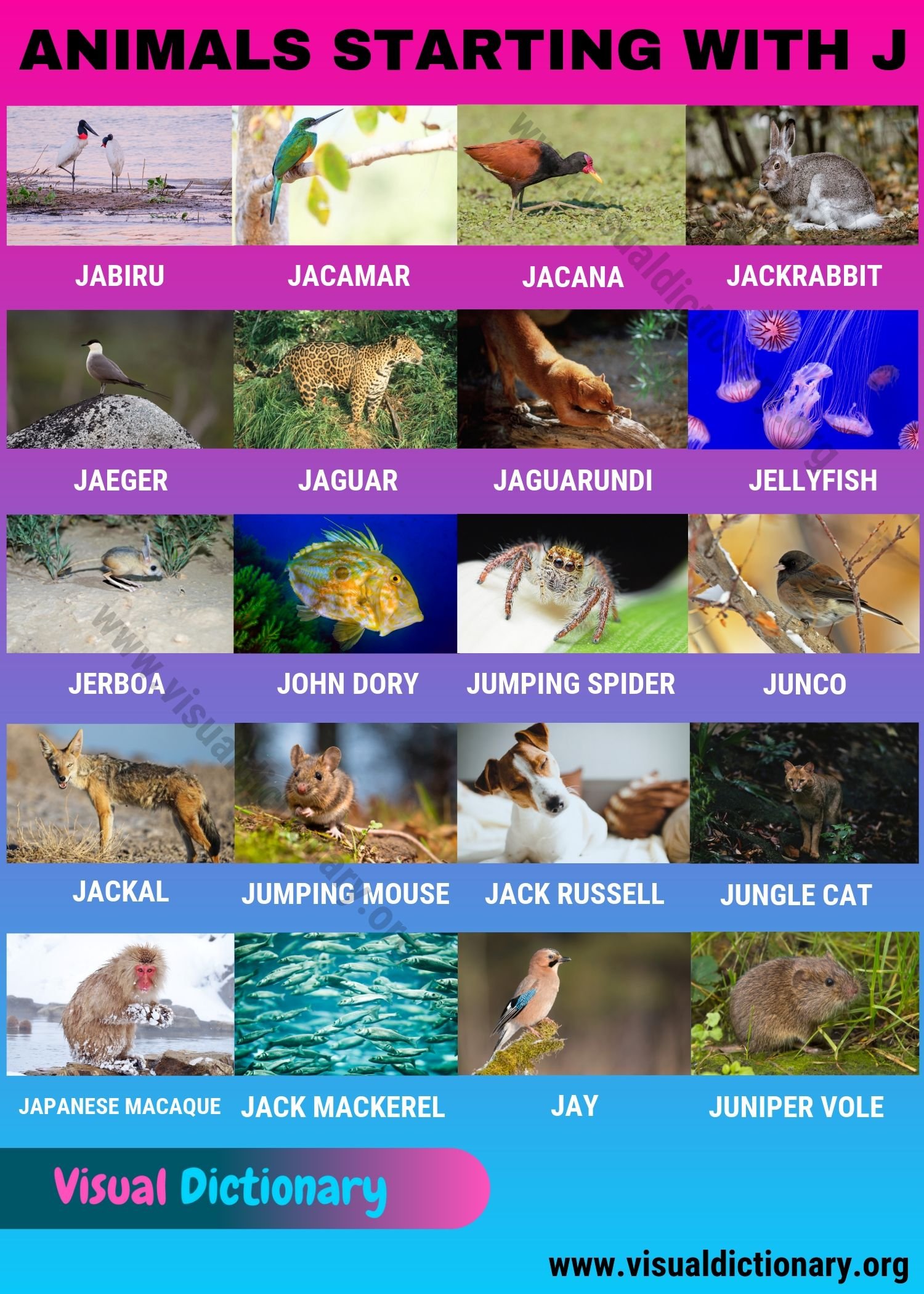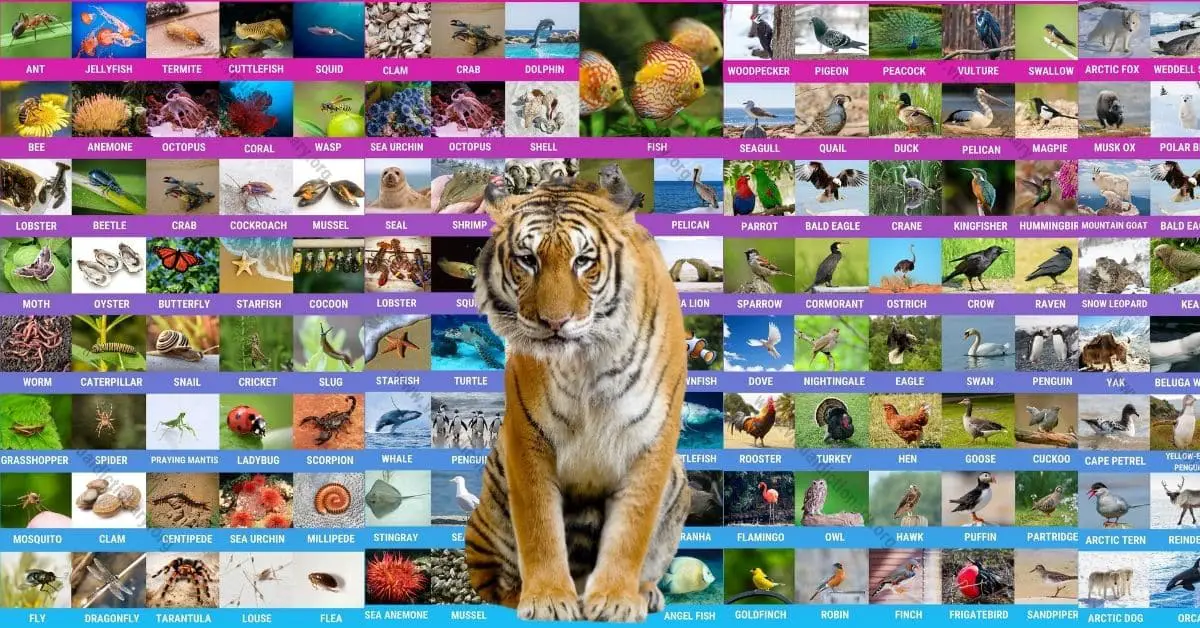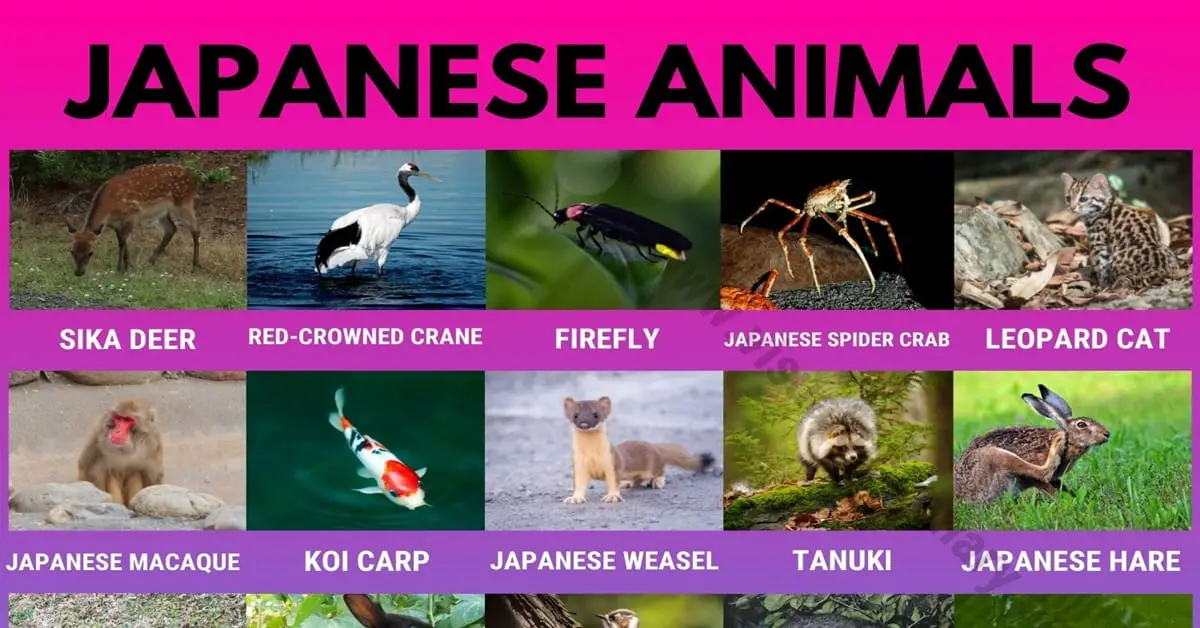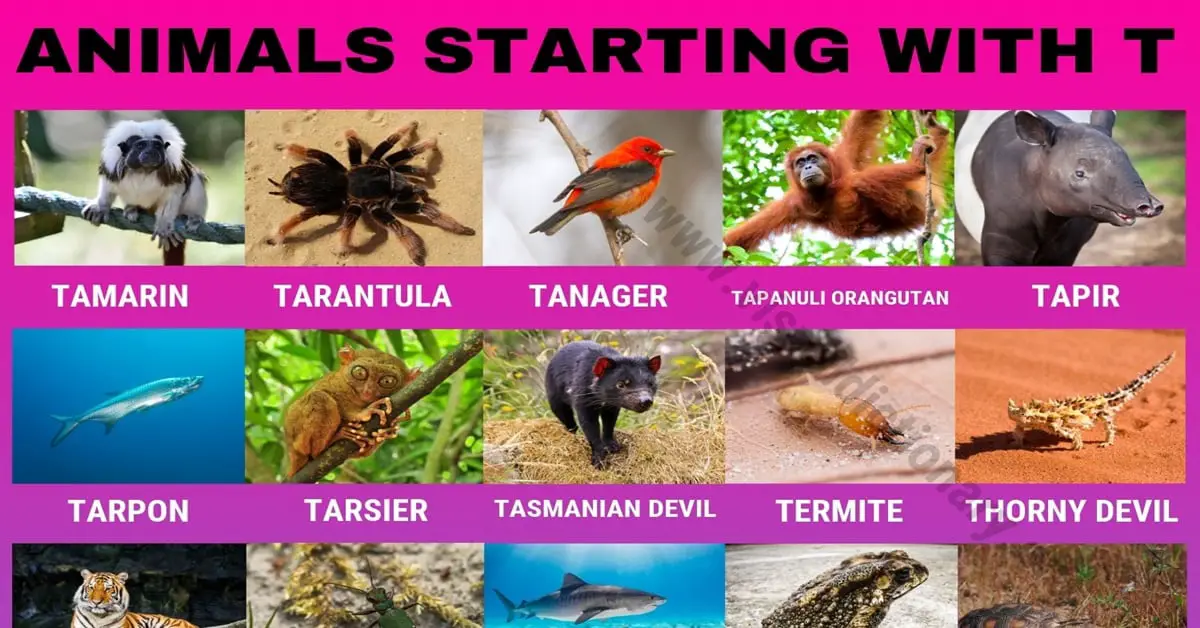Animals that start with J! There are many animals starting with J around the world. Below is a list of animals beginning with the letter J with example sentences and creative infographic.
Table of Contents
Animals that Start with J
Animals Starting with J List
This is a useful list of common names of animals that start with J in English.
- Jabiru
- Jacamar
- Jacana
- Jack Mackerel
- Jack Russell
- Jackal
- Jackrabbit
- Jaeger
- Jaguar
- Jaguarundi
- Japanese Macaque
- Jay
- Jellyfish
- Jerboa
- John Dory
- Jumping Mouse
- Jumping Spider
- Junco
- Jungle Cat
- Juniper Vole
Animals that Start with J Examples
- “That must be a jacamar, ” said Herbert, trying to get nearer.
- Two Pheasant-tailed jacana chicks and eggs on a lily pad nest.
- Jack Russell terriers are mostly white with variable color markings.
- The jackal is a wild animal in Africa and Asia.
- Suddenly a jackrabbit ran across in front of them.
- How can a giraffe more speedy than a jaguar?
- The sting of a jellyfish is very painful.
- That’s the strange world of the dark-eyed junco.
- This boy who stretched like a jungle cat.
- Jabiru has white plumage with a pink band at the neck and a naked head.
- A blue jay flies over the cabin, carrying a twig.
Amazing Animals Starting with J | Infographic
Surprising Names of Animals that Start with J







